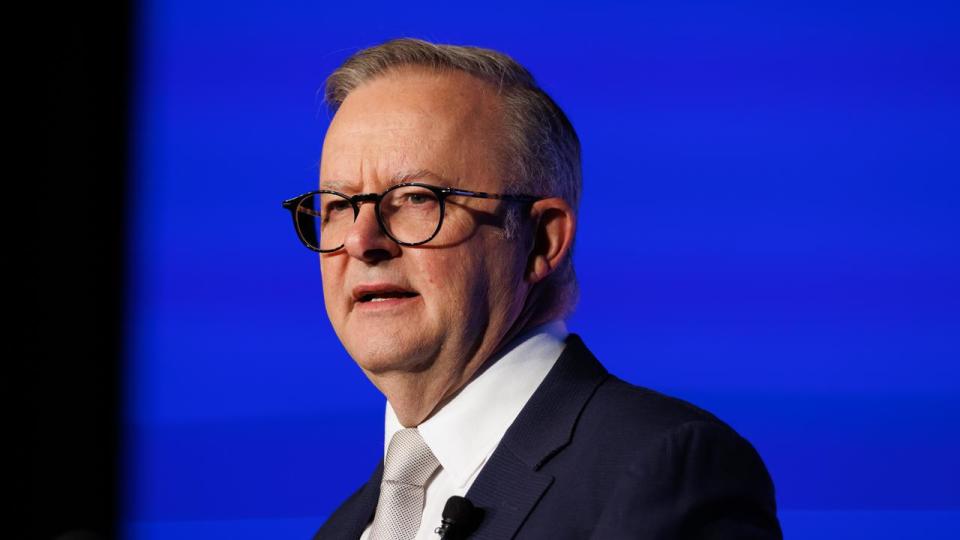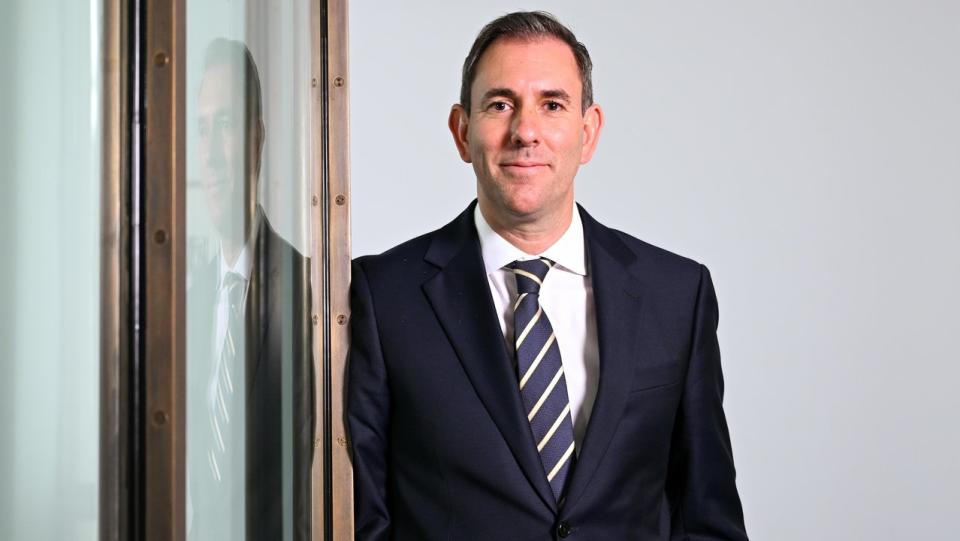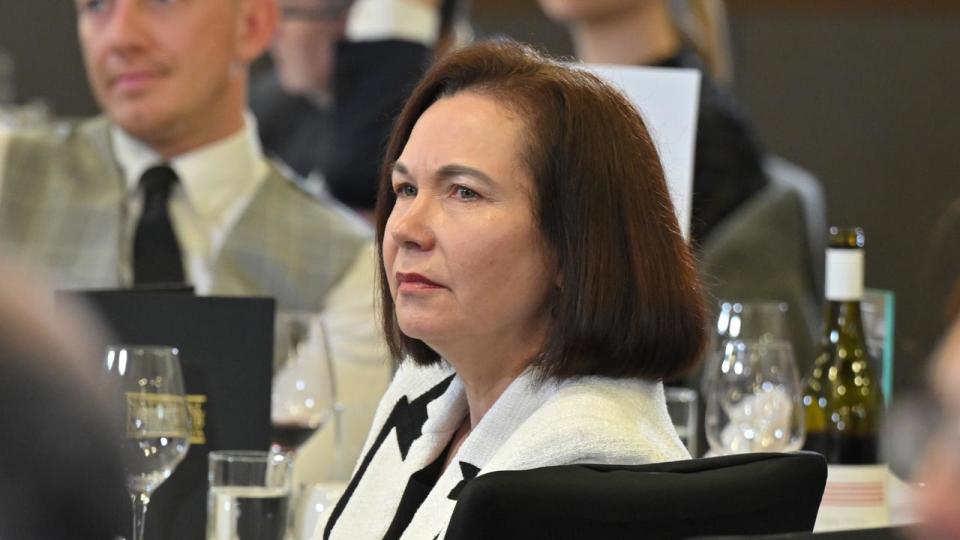Hundreds of millions to incentivise clean energy future
As Australia transitions to net-zero, a continental map of the nation's rare earth deposits will help attract clean energy investment as a top priority in the move away from fossil fuels.
In 2022, 68 per cent of total electricity generation came from fossil fuels, with 47 per cent produced from burning coal.
But to reach its climate goals the federal government must reduce greenhouse emissions to 43 per cent below 2005 levels by the end of the decade before completely negating them by 2050.
Prime Minister Anthony Albanese has made a plethora of commitments to critical minerals, clean energy and renewables manufacturing.
But on Wednesday, he revealed a landmark $566 million, 10-year plan to deliver a subterranean 'soil and seabed' map to pinpoint where critical materials needed for clean energy lie.
The money will be allocated in next week's budget.

Led by government agency Geosciences Australia, the plan will deliver data, charts and tools to the resources industry, illuminating deposits.
It will also identify locations in offshore areas of the nation for carbon capture and storage and possible sites for clean hydrogen projects.
"A future made in Australia relies on providing confidence to investors and supporting those who take on the task of exploring our vast continent," Mr Albanese said.
"The world needs more of these resources - and our government is going to help Australia find more." The federal budget will also deliver further changes to the tax system in an effort to support these goals, Treasurer Jim Chalmers said.
"There will be tax reform: there'll be income tax reform, and some additional measures which recognise that the tax system can be a good way to incentivise the kind of private investment that we want to see in the future of our economy and in a future made in Australia," he told ABC radio.

The prime minister said the mapping project will give communities greater certainty with infrastructure planning and environmental assessments, and support the agricultural sector while creating a "sustainable pipeline of projects".
Regional and Indigenous communities and farmers will be supported to gain a better understanding of how to manage land and water resources and be fully informed about potential mining projects.
"As the emissions footprint of technology becomes more important to buyers, being able to power refining, processing and manufacturing with clean energy becomes more valuable for sellers," Mr Albanese said.
Using these critical minerals to generate clean energy can turn Australia into a "renewable energy superpower", the prime minister added.
Resources Minister Madeleine King said the map funding will help resources companies find minerals to power the economy and build technology to reduce emissions.
"The road to net zero runs through Australia's resources sector," she said.

Minerals Council of Australia chief executive Tania Constable welcomed the government's investment and said it would allow for better planning of private investments.
"The next generation of discoveries in minerals, energy and groundwater will not only bolster Australia's pathway to net zero but will also attract substantial investment, create jobs and secure essential resources for our future," she said in a statement.
The government will also pump in an extra $100 million to hire more staff to review business proposals for renewable and critical mineral projects.
Australian Conservation Foundation CEO Kelly O'Shanassy noted the government's broader Future Made in Australia plan could potentially benefit all Australians.
"Along with a fossil fuel phase-out and adaptation measures, this is how Australia can tackle climate change head on, while creating good jobs and a secure energy future," she said.
The government has also committed $400 million in loans to boost the critical minerals sector and $1 billion for solar panel manufacturing in Australia.


